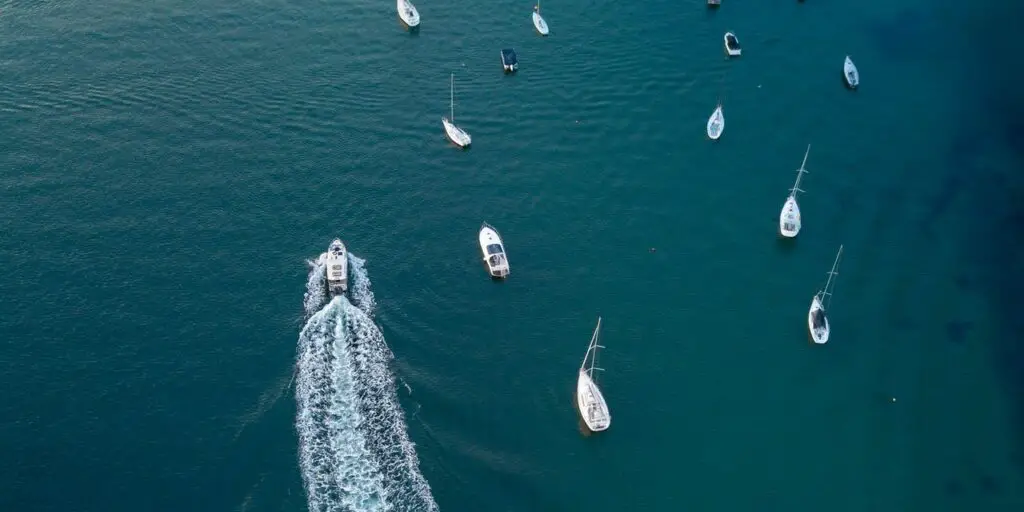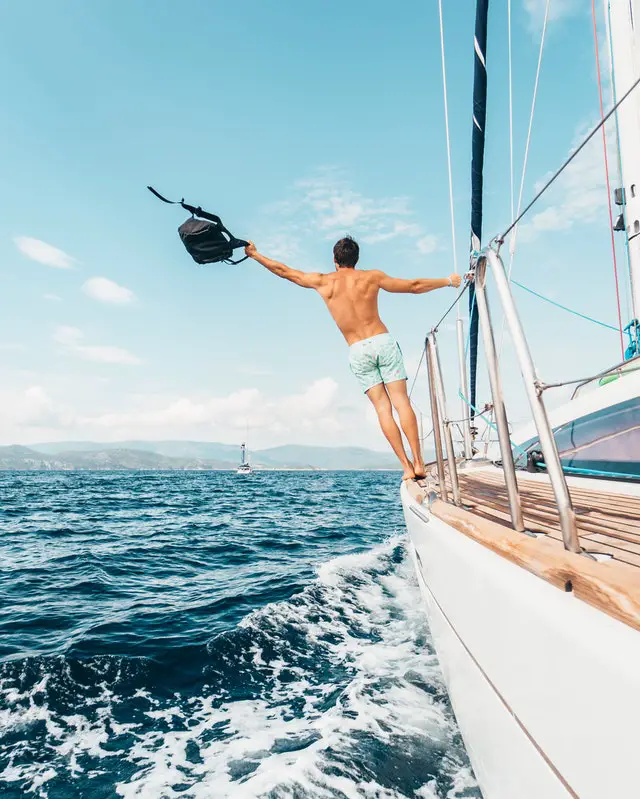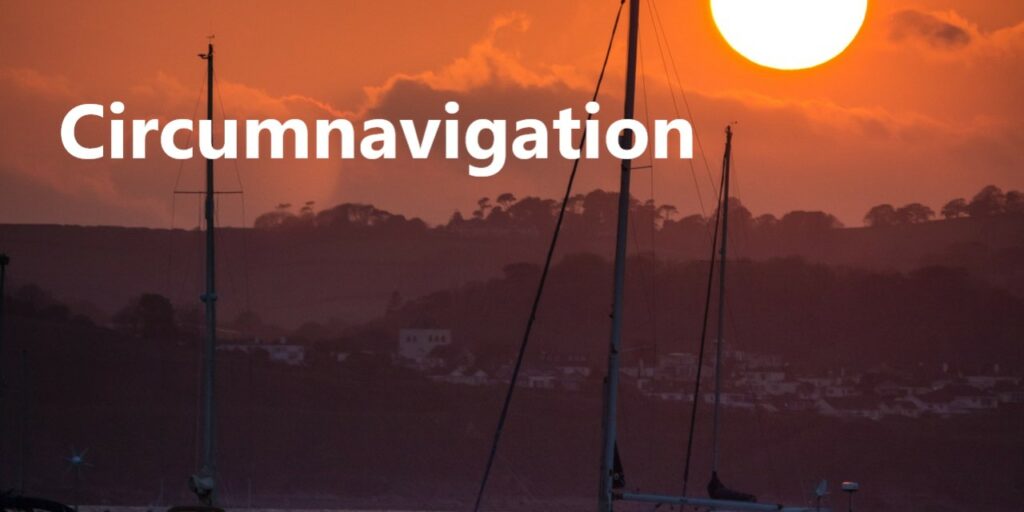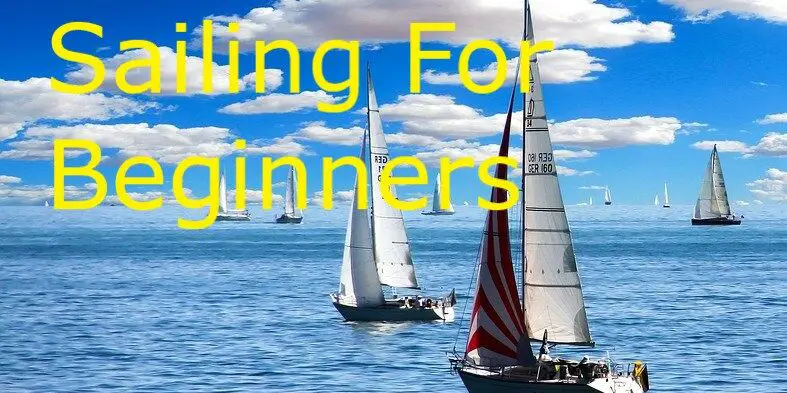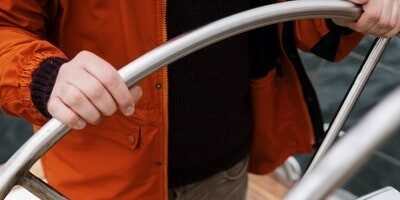Avoiding collisions at sea is critical for all types of vessels, including sailboats. Ships rely on a combination of navigation technology, international regulations, and signaling systems to prevent accidents. Here are the essential ways ships avoid collisions at sea:
1. International Navigation Rules (COLREGs)
The International Regulations for Preventing Collisions at Sea (COLREGs) serve as the “rules of the road” for all ships. These regulations are the most important factor in avoiding collisions and dictate how vessels should navigate to prevent accidents.
Example: Sailboats usually have the right of way over powered vessels, but COLREGs also cover special situations, such as crossing channels.
2. Radar and AIS Technology
Ships and sailboats use radar to detect obstacles and other vessels in poor visibility conditions, such as fog or nighttime. Modern vessels also rely on AIS (Automatic Identification System), which shares a ship’s speed, location, and course with others in the vicinity. This data is vital in preventing collisions, especially in congested waterways.
Example: A sailboat equipped with AIS technology can detect large vessels even in dense fog. To learn more about AIS technology, you can visit this guide on the working principles of AIS.
3. Sound and Light Signals
In conditions of poor visibility, maritime law requires vessels to use sound and light signals to indicate their movements. These signals, such as horns and lights, help notify nearby vessels of a ship’s presence and intentions.
Sound signals include a horn or whistle to communicate turns or stopping, while navigation lights are used to indicate a vessel’s position and direction at night. White, red, green, or yellow lights inform other vessels about the type of ship and its course.
Example: Sailboats at anchor or while maneuvering at night are required to display navigation lights to alert nearby vessels.
4. International Maritime Signal Flags
Ships use international maritime signal flags to communicate their status to other vessels. These flags convey messages such as a ship’s intent to anchor, engage in fishing, or tow another vessel. By clearly displaying these flags, ships help prevent confusion and potential accidents.
5. Collision Prevention Systems on Ships
In addition to radar and AIS, ships now use advanced collision avoidance systems. These systems provide real-time data about nearby vessels and obstacles, allowing ships to adjust their course when necessary.
Example: Radar systems on sailboats help detect other vessels even in complete darkness, providing a safety net in busy harbors.
6. Lookouts and Communication
Human lookouts remain essential, especially on sailboats, where technology may be more limited. Crews maintain proper lookouts and use VHF radio to communicate with other ships in high-traffic areas. This practice ensures that vessels can coordinate maneuvers and avoid close encounters.
Practical Tips for Sailors
- Use navigation lights at night: Proper lighting helps other vessels see your boat, especially in crowded waters.
- Plan your route carefully: Avoid busy shipping lanes when possible.
- Stay alert: Keep a designated lookout when navigating near larger ships or in congested areas.
For more tips on navigating and maintaining sailboats, check out this guide to buying a sailboat.
Summary Table: Ship Collision Avoidance Methods
| Method | Description | Example |
|---|---|---|
| AIS | Transmits real-time ship data (speed, location) to prevent collisions | Detect nearby vessels in poor weather |
| Radar | Detects obstacles and vessels in low visibility | Night-time navigation in crowded harbors |
| COLREGs | International rules dictating right of way and navigation behavior | Sailboats often have the right of way |
| Lookouts & VHF Communication | Human monitoring and communication with other ships to avoid accidents | Communicating with larger vessels |
| ECDIS | Digital map and navigation system to predict potential hazards | Navigating tricky or congested routes |
| Sound & Light Signals | Audible and visual signals to communicate ship’s presence in poor visibility conditions | Horn signals and navigation lights |
| Maritime Signal Flags | Flags that indicate the vessel’s actions or intentions | A flag showing a boat is anchored |
By following these methods, sailboats and larger vessels can significantly reduce the risk of collisions. Navigation rules, technology, and proper signaling ensure that boats remain safe and visible in even the most challenging conditions.

